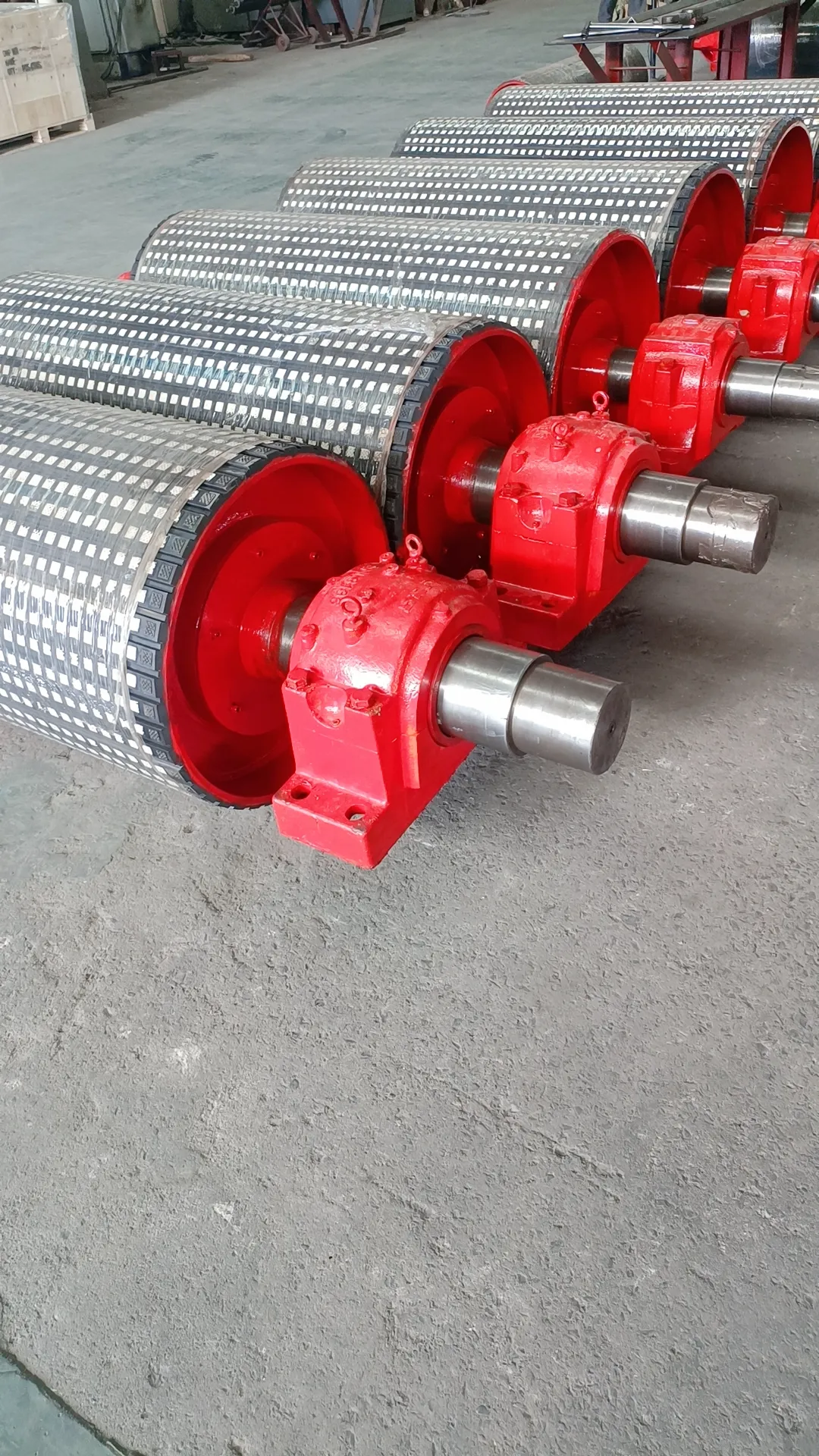 Afrikaans
Afrikaans  Albanian
Albanian  Amharic
Amharic  Arabic
Arabic  Armenian
Armenian  Azerbaijani
Azerbaijani  Basque
Basque  Belarusian
Belarusian  Bengali
Bengali  Bosnian
Bosnian  Bulgarian
Bulgarian  Catalan
Catalan  Cebuano
Cebuano  Corsican
Corsican  Croatian
Croatian  Czech
Czech  Danish
Danish  Dutch
Dutch  English
English  Esperanto
Esperanto  Estonian
Estonian  Finnish
Finnish  French
French  Frisian
Frisian  Galician
Galician  Georgian
Georgian  German
German  Greek
Greek  Gujarati
Gujarati  Haitian Creole
Haitian Creole  hausa
hausa  hawaiian
hawaiian  Hebrew
Hebrew  Hindi
Hindi  Miao
Miao  Hungarian
Hungarian  Icelandic
Icelandic  igbo
igbo  Indonesian
Indonesian  irish
irish  Italian
Italian  Japanese
Japanese  Javanese
Javanese  Kannada
Kannada  kazakh
kazakh  Khmer
Khmer  Rwandese
Rwandese  Korean
Korean  Kurdish
Kurdish  Kyrgyz
Kyrgyz  Lao
Lao  Latin
Latin  Latvian
Latvian  Lithuanian
Lithuanian  Luxembourgish
Luxembourgish  Macedonian
Macedonian  Malgashi
Malgashi  Malay
Malay  Malayalam
Malayalam  Maltese
Maltese  Maori
Maori  Marathi
Marathi  Mongolian
Mongolian  Myanmar
Myanmar  Nepali
Nepali  Norwegian
Norwegian  Norwegian
Norwegian  Occitan
Occitan  Pashto
Pashto  Persian
Persian  Polish
Polish  Portuguese
Portuguese  Punjabi
Punjabi  Romanian
Romanian  Russian
Russian  Samoan
Samoan  Scottish Gaelic
Scottish Gaelic  Serbian
Serbian  Sesotho
Sesotho  Shona
Shona  Sindhi
Sindhi  Sinhala
Sinhala  Slovak
Slovak  Slovenian
Slovenian  Somali
Somali  Spanish
Spanish  Sundanese
Sundanese  Swahili
Swahili  Swedish
Swedish  Tagalog
Tagalog  Tajik
Tajik  Tamil
Tamil  Tatar
Tatar  Telugu
Telugu  Thai
Thai  Turkish
Turkish  Turkmen
Turkmen  Ukrainian
Ukrainian  Urdu
Urdu  Uighur
Uighur  Uzbek
Uzbek  Vietnamese
Vietnamese  Welsh
Welsh  Bantu
Bantu  Yiddish
Yiddish  Yoruba
Yoruba  Zulu
Zulu Maintaining Conveyor Belt Hygiene for Efficient Operations and Safety
Cleaning of Conveyor Belts Importance, Methods, and Best Practices
Conveyor belts are essential components in various industries, including manufacturing, mining, and food processing. They facilitate the movement of materials, improving efficiency and productivity. However, the cleanliness of conveyor belts is often overlooked, despite its critical role in maintaining operational efficiency, food safety, and equipment longevity. In this article, we will explore the importance of cleaning conveyor belts, effective cleaning methods, and best practices to ensure optimal performance.
Importance of Cleaning Conveyor Belts
1. Hygiene and Food Safety In food processing environments, maintaining a clean conveyor belt is paramount to preventing contamination. Food residues can attract pests and promote the growth of bacteria, leading to foodborne illnesses. Regular cleaning ensures compliance with health regulations and protects consumers.
2. Equipment Longevity Dirt and debris accumulation can lead to premature wear and tear of conveyor belt systems. Contaminants can cause abrasions, misalignment, and reduce the efficiency of motors and drives. A clean conveyor belt reduces maintenance costs and extends the lifespan of the equipment.
3. Operational Efficiency A dirty conveyor belt can affect the performance of the entire system. Blockages can lead to reduced throughput and increased downtime for cleaning and repairs. Implementing a regular cleaning schedule helps prevent these disruptions and keeps operations running smoothly.
4. Safety Spills and debris on conveyor belts can pose safety hazards, leading to slips and falls. Regular cleaning minimizes these risks, ensuring a safer workplace for employees.
Effective Cleaning Methods
1. Dry Cleaning This method involves the use of brooms, brushes, or vacuum systems to remove loose debris from the conveyor belt. Dry cleaning is often the first step before applying wet cleaning methods, as it helps eliminate larger particles that could otherwise become mud when wet.
2. Wet Cleaning Wet cleaning involves the use of water and cleaning agents to remove stubborn residues. High-pressure water jets or foam cleaning systems can effectively eliminate grime and bacteria. When employing this method, it’s crucial to choose cleaning agents that are suitable for the type of material being transported and to ensure they are safe for food contact surfaces.
cleaning of conveyor belt

3. Mechanical Cleaning Mechanical cleaning devices like scrapers, brushes, and belt cleaners play a significant role in maintaining the cleanliness of conveyor belts. These devices are designed to dislodge and collect debris without damaging the belt or disrupting operations.
4. Chemical Cleaning In some cases, particularly with heavily soiled belts, chemical cleaners may be necessary. It’s essential to select appropriate cleaning agents that are suitable for the materials involved and to follow manufacturer instructions to avoid corrosion or damage to the conveyor system.
Best Practices for Conveyor Belt Cleaning
1. Establish a Cleaning Schedule Develop a routine cleaning schedule based on the level of use, type of materials being conveyed, and the environment. Daily, weekly, or monthly cleaning protocols can be implemented, depending on the specific needs of the operation.
2. Train Employees Ensure that personnel involved in cleaning are adequately trained on the proper procedures and safety protocols. They should be familiar with the equipment, cleaning agents, and potential hazards associated with cleaning.
3. Inspect Regularly Frequent inspections of the conveyor belts can help identify areas that require more attention. Check for wear and tear, build-up of debris, and any other issues that could compromise the system's efficiency.
4. Use the Right Tools Equip cleaning teams with the appropriate tools and cleaning agents for the specific type of conveyor belt and materials handled. This ensures effective cleaning without damaging the belt.
5. Document Cleaning Procedures Maintain records of cleaning activities, inspections, and any issues encountered. Documentation helps track compliance with safety standards and can serve as a basis for improving cleaning protocols.
Conclusion
Cleaning conveyor belts is a crucial practice that not only improves efficiency but also ensures safety and compliance with health regulations. By employing effective cleaning methods and adhering to best practices, industries can maintain optimal performance of their conveyor systems, protect products, and create a safe working environment. Regular maintenance and cleaning are investments that pay off in the long run through enhanced productivity and reduced operational costs.
-
Taper Centering Idler Set for Conveyor SystemsNewsJun.25,2025
-
Small Idler Rollers for Industrial ConveyorsNewsJun.25,2025
-
Guide Training Idler Set for Conveyor MaintenanceNewsJun.25,2025
-
Friction Offset Idler Set for Industrial UseNewsJun.25,2025
-
Double-Center-Roller Idler AlignmentNewsJun.25,2025
-
Channel Inset Impact Troughing Idler Set for Heavy LoadsNewsJun.25,2025





























